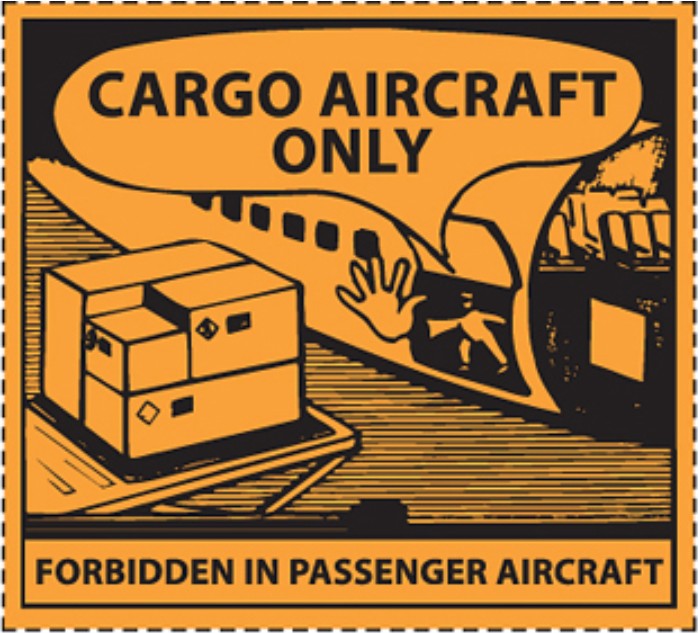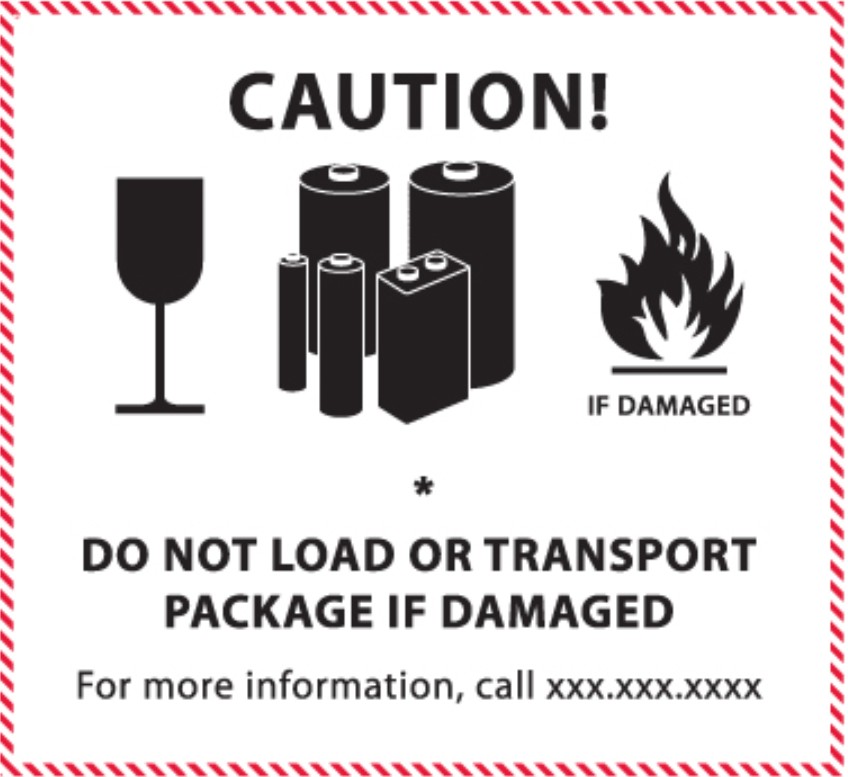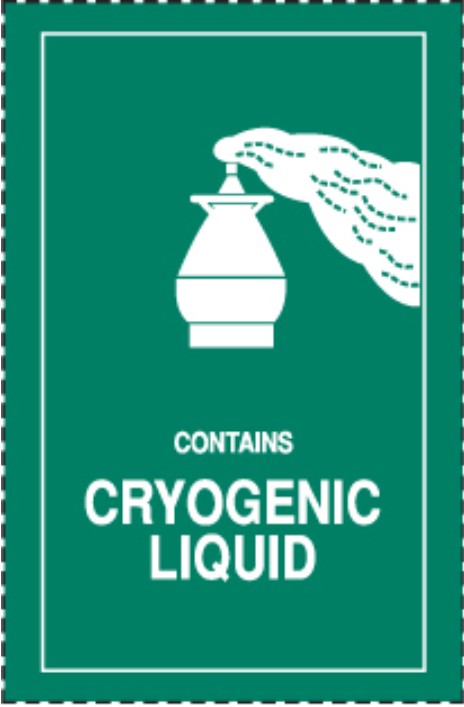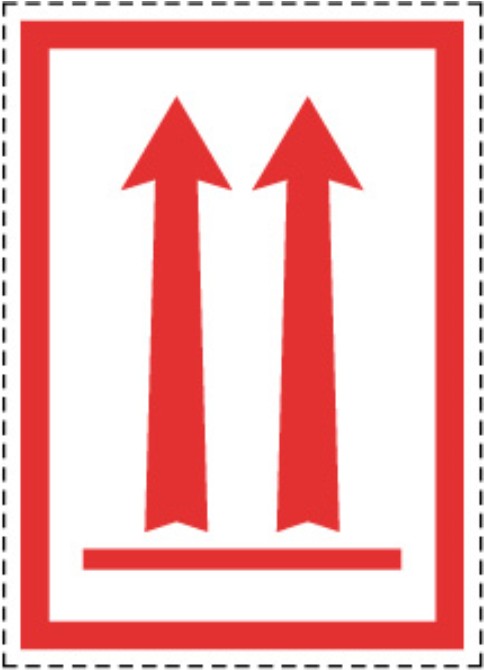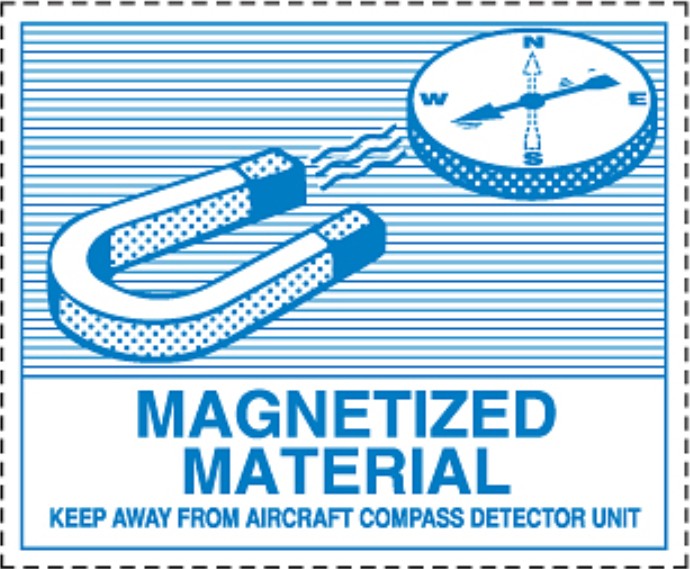Air Cargo
General public and travelers may inadvertently send potentially dangerous goods items as air cargo consignment on Royal Brunei Airlines.
IATA (International Air Transport Association) classified dangerous items into 9 Hazard Classes in the Dangerous Goods Regulation (DGR).
Dangerous goods must be properly packed, marked, labeled and declared by appropriately trained, competent and authorized persons. There is a label for each class to convey the nature of the hazard, which must appear on the outside of the package. Refer to IATA Dangerous Goods Classification and Hazard Labels for Dangerous Goods below.
Some dangerous goods are too dangerous to be carried by aircraft, others may be carried on cargo aircraft only and some are acceptable on both cargo and passenger aircraft subjected to limitations and conditions imposed. An obvious alternative is sending by land or sea.
Airmail Consignment
Airmail consignment of Equipment Containing Lithium Batteries (ECLB) must be handled and shipped via Designated Operators (DO) approved by their country’s national Civil Aviation Authorities.
Designated Operators are Posts Offices that:
- Have procedures and training for controlling the acceptance of mail items containing dangerous goods destined for air transport;
- Obtain specific approval from their national civil aviation authority prior to accepting and transporting ECLB.
Guests are advised to check if your local post office is an approved DO prior to sending airmail consignments.
You may do so through this link.
Lithium batteries installed in equipment (UN3481 or UN3091), such as a mobile phone or a laptop, packed and handled in accordance with IATA DGR requirements, would be acceptable for transportation by air. No more than four cells or two batteries may be mailed in a single package.
Note: Checked-in baggage by guests at the check-in counter before flight departure is known as check-in baggage and is NOT considered as an air cargo consignment.
For more information on Air Cargo and Airmail Consignment, contact our RB Cargo at +673 236 7639 or email at [email protected]
Important: Failure to declare dangerous and/or hazardous materials may result in civil or criminal proceedings, and severe penalties apply.
IATA Dangerous Goods Classification and Hazard Labels for Dangerous Goods
| Label | Class/Category |
|---|---|
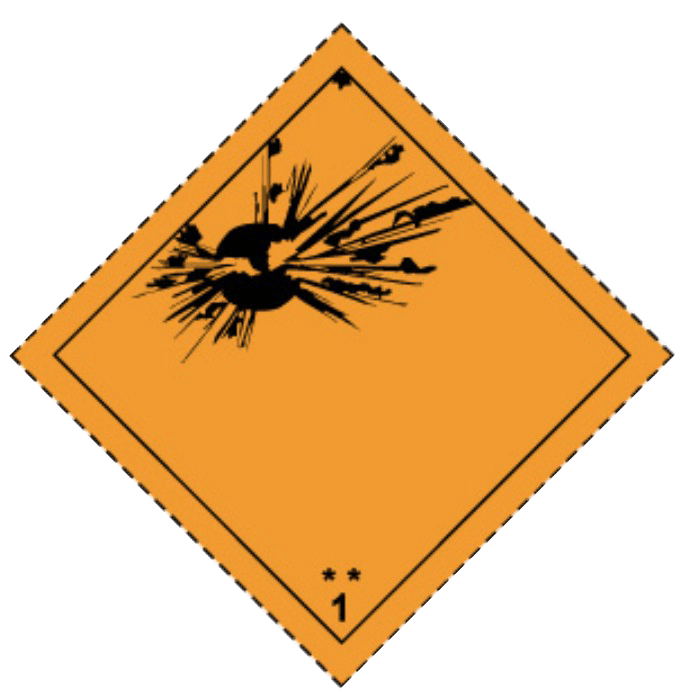 |
Class 1 Explosives – explosive substances, explosive articles, pyrotechnic devices. Includes ammunition, fireworks, detonators, etc. |
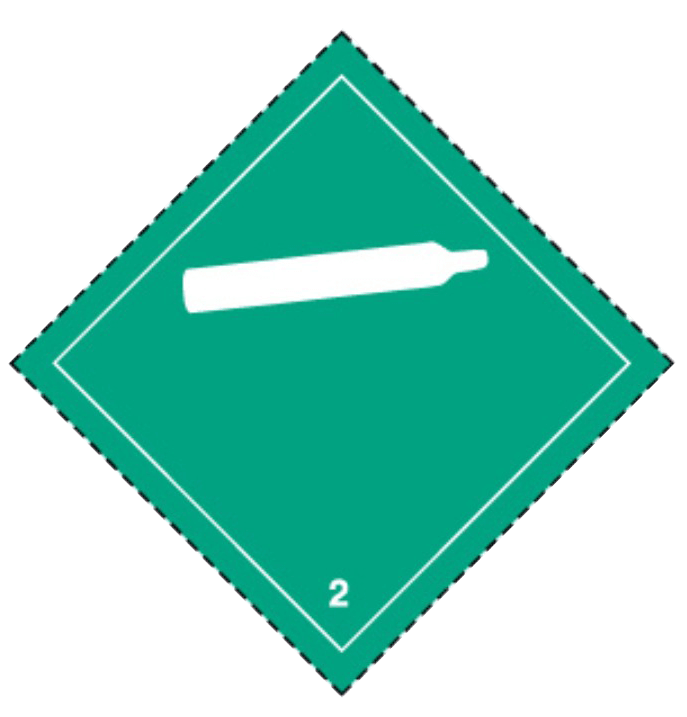 |
Class 2 Gases- transported as compressed, liquefied, refrigerated liquefied or gas in solution. Include aerosols.
|
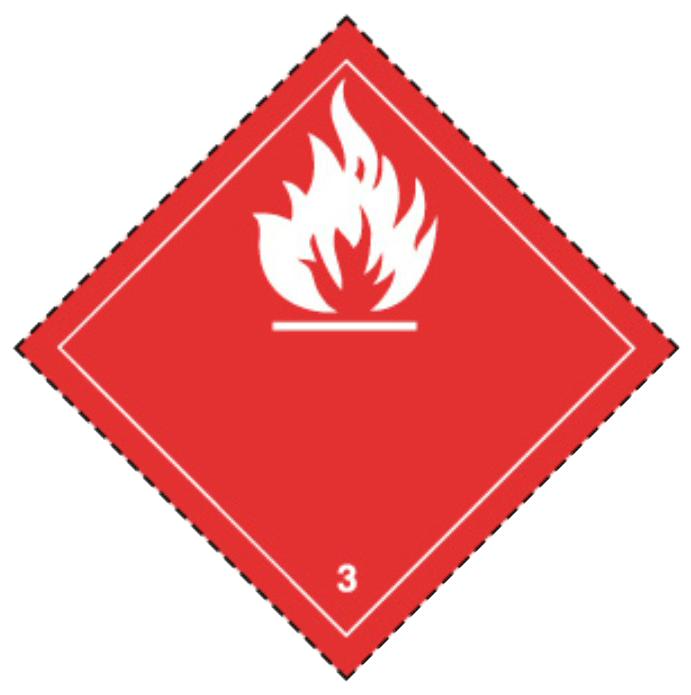 |
Class 3 Flammable liquids – Examples are Petrol, Alcohol, etc. |
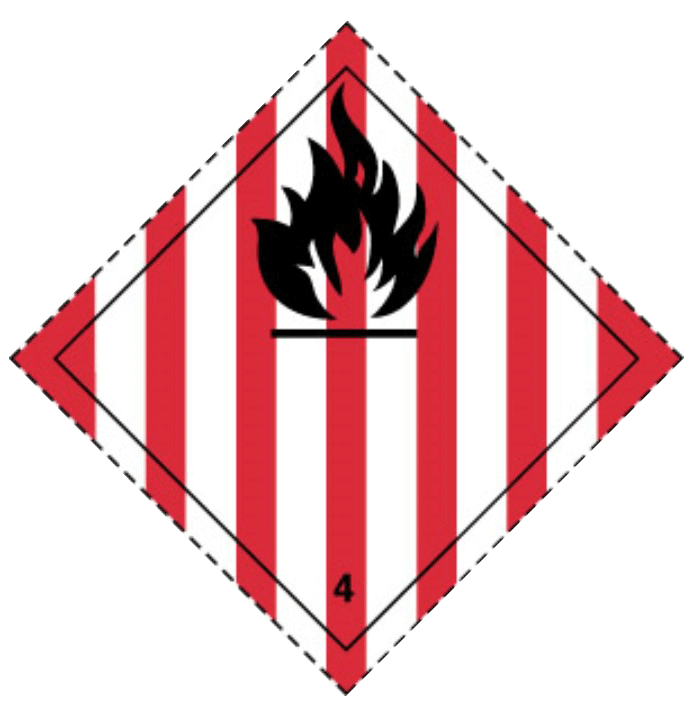 |
Class 4 Flammable solids- substances liable to spontaneous combustion and substances, which, in contact with water, emit flammable gases.
|
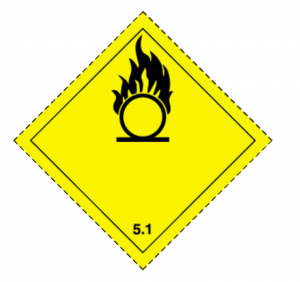 |
|
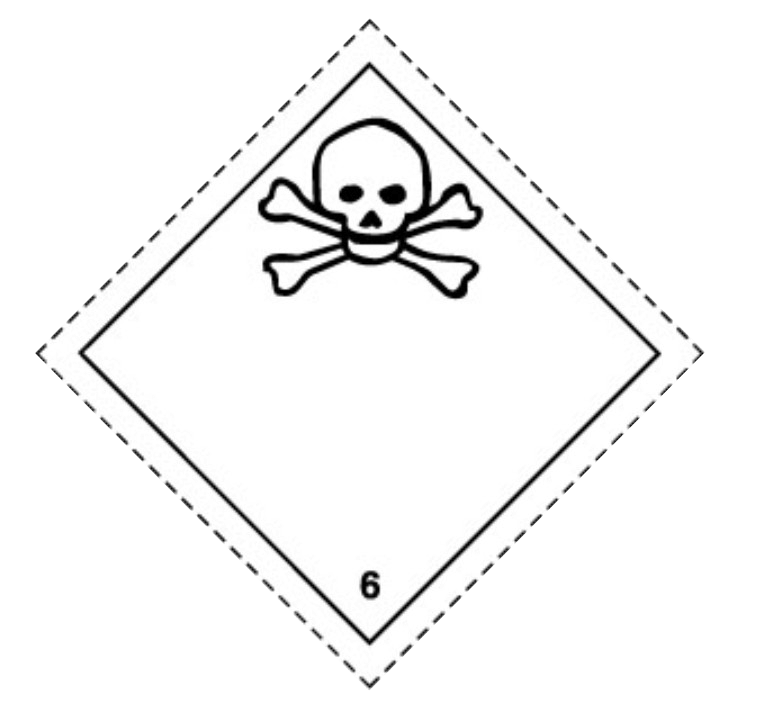 |
|
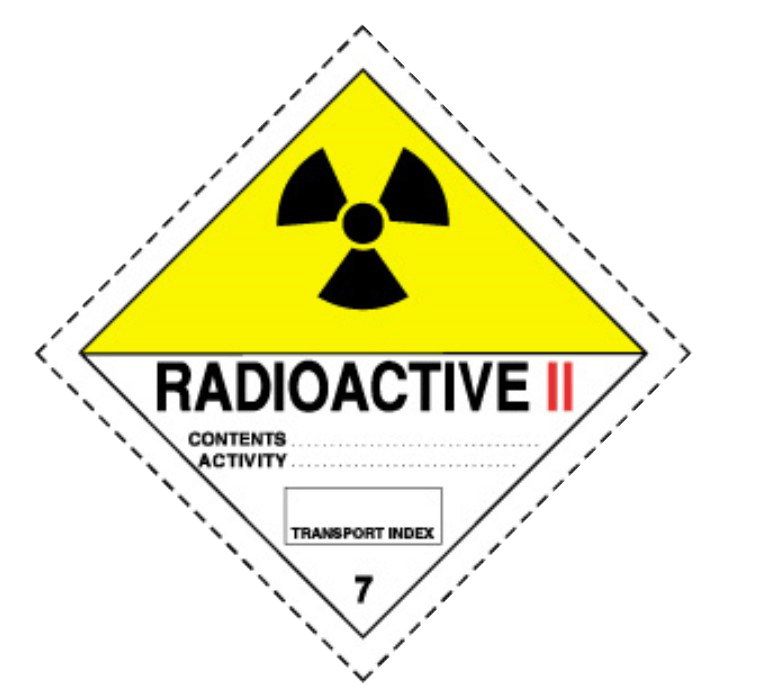 |
Class 7 Radioactive material. |
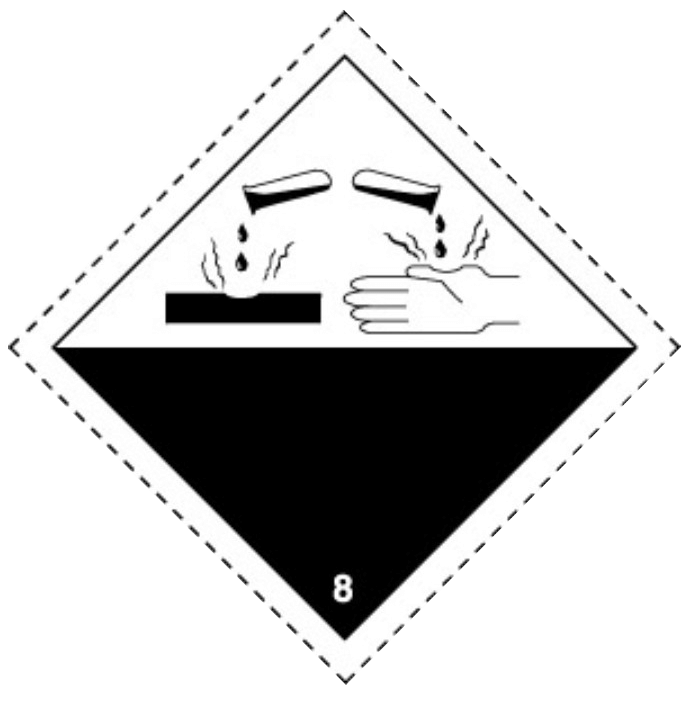 |
Class 8 Corrosives – substances which, in the event of leakage, can cause severe damage by chemical action when in contact with living tissue or materially damage other freight, containers or the aircraft. Examples are mercury, battery acids, etc. |
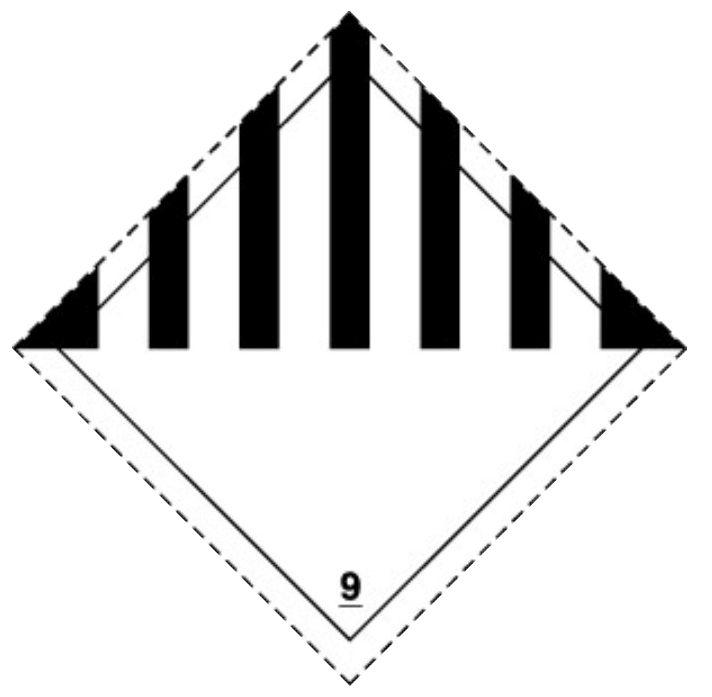 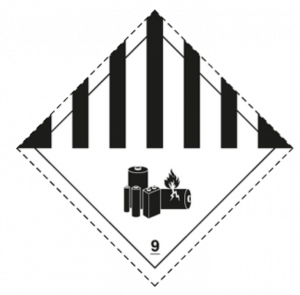 |
Class 9 Miscellaneous – includes lithium batteries, magnetic articles which can have an impact on the aircraft’s compass, Internal combustion engines, dry ice (solid carbon dioxide) etc. |
These labels below may be used in conjunction with the above labels.
